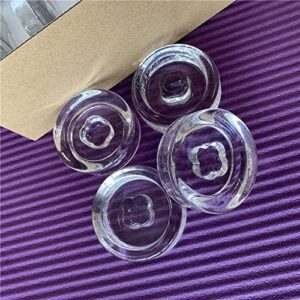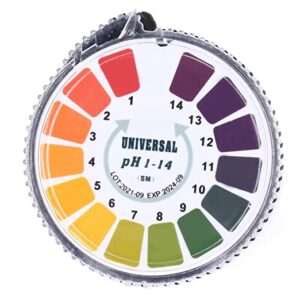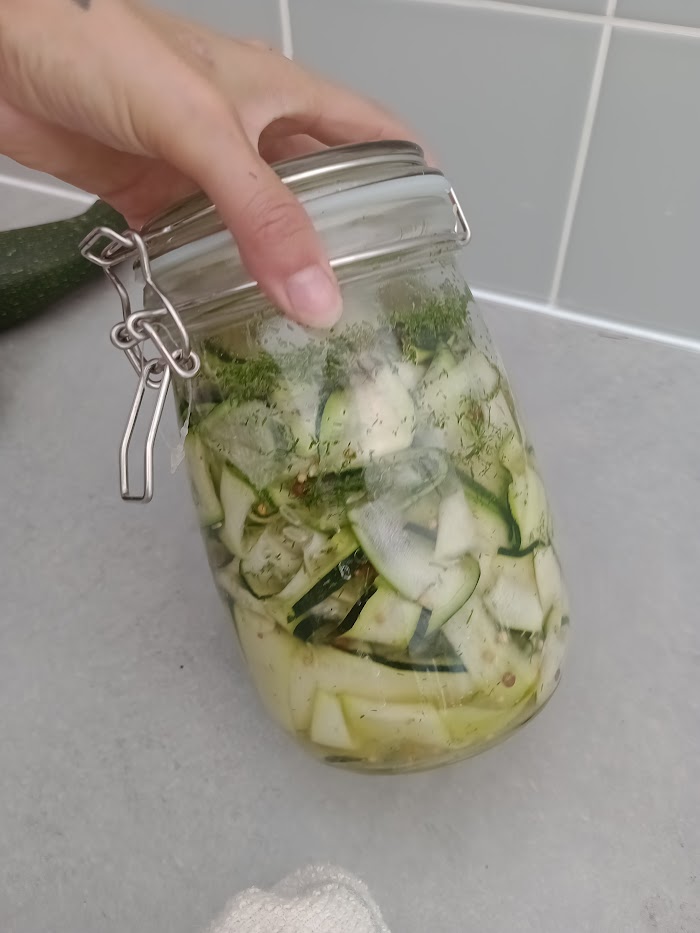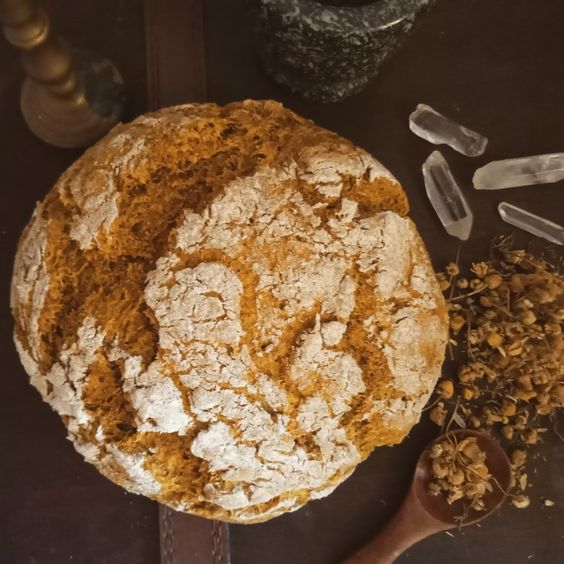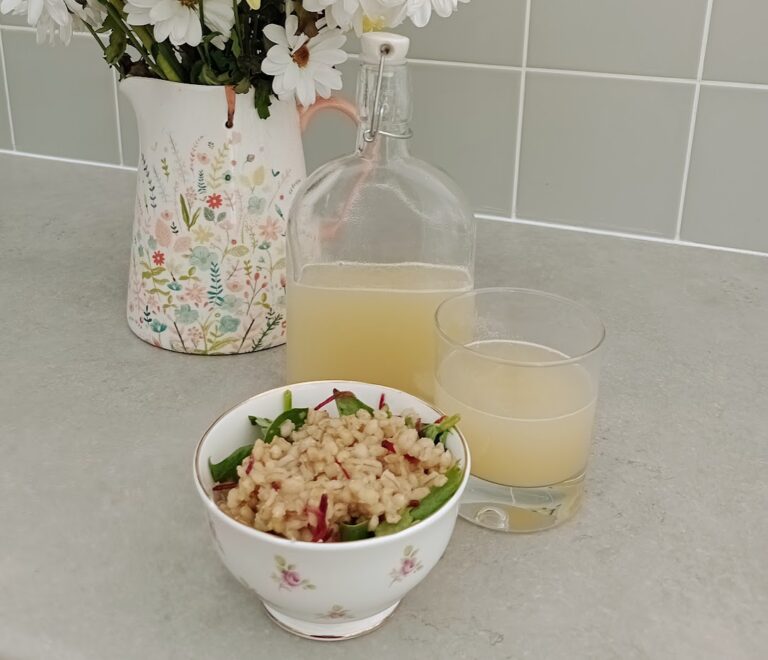Easy Healthy Sweet Red Cabbage Ferment Recipe
Do you know why people ferment food? Fermenting food is a great way to not only preserve it, but to increase the bioavailability of vitamins and minerals in food. This means you can get more micronutrients from foods when they are fermented. Fermentation also creates the byproduct of probiotics. Making ferments a great gut friendly superfood! This sweet red cabbage recipe is a great beginner recipe into the world of fermenting food, that will leave you feeling accomplished.
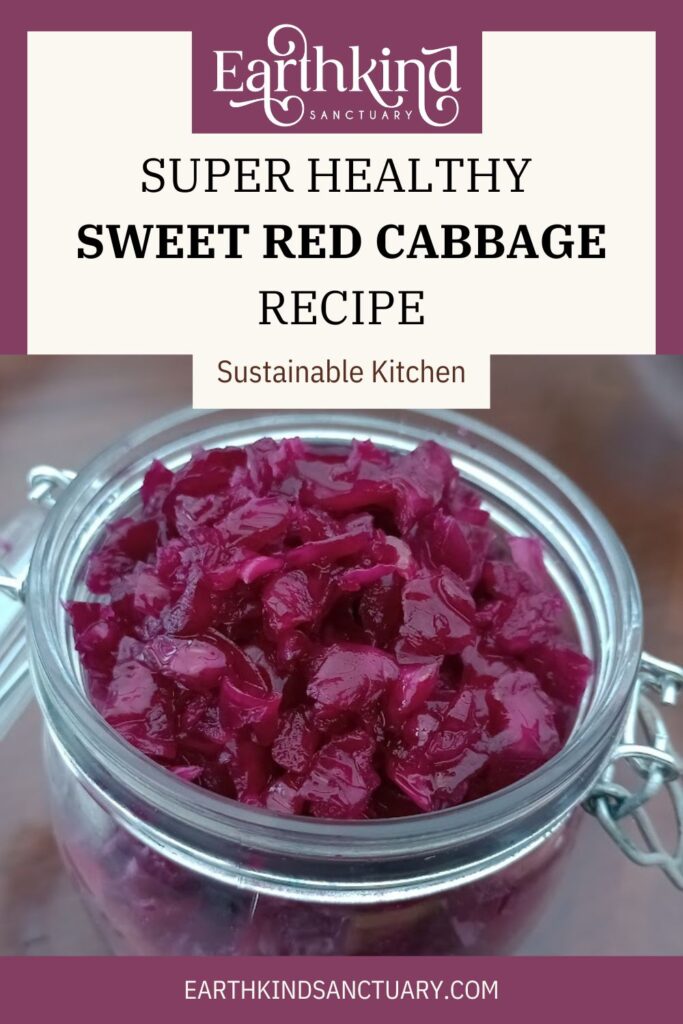
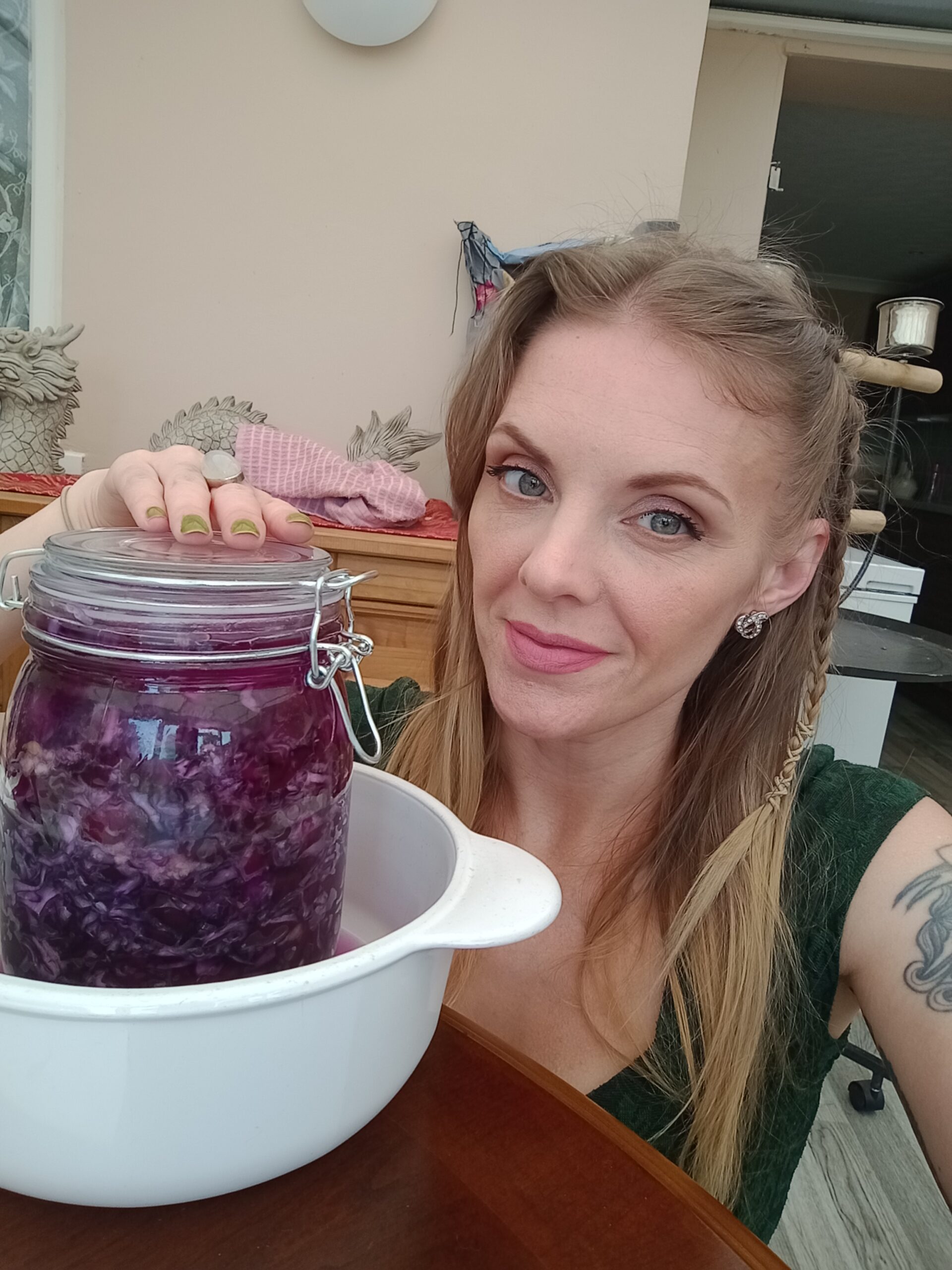
You Will Need:
INGREDIENTS:
– 1 Average Red Cabbage
– Either 1 Tbsp Fine Sea Salt or 2 Tbsp Coarse
– 1 Large or 2 Small Apples
– Up to 1/4 Cup Honey (optional)
TOOLS:
1 -1.5 Litre Airtight Jar
Large knife
Non Metalic Mixing Bowl
Wooden Spoon
PH Strips (optional)
Fermenting weights (optional)
Step by Step Instructions

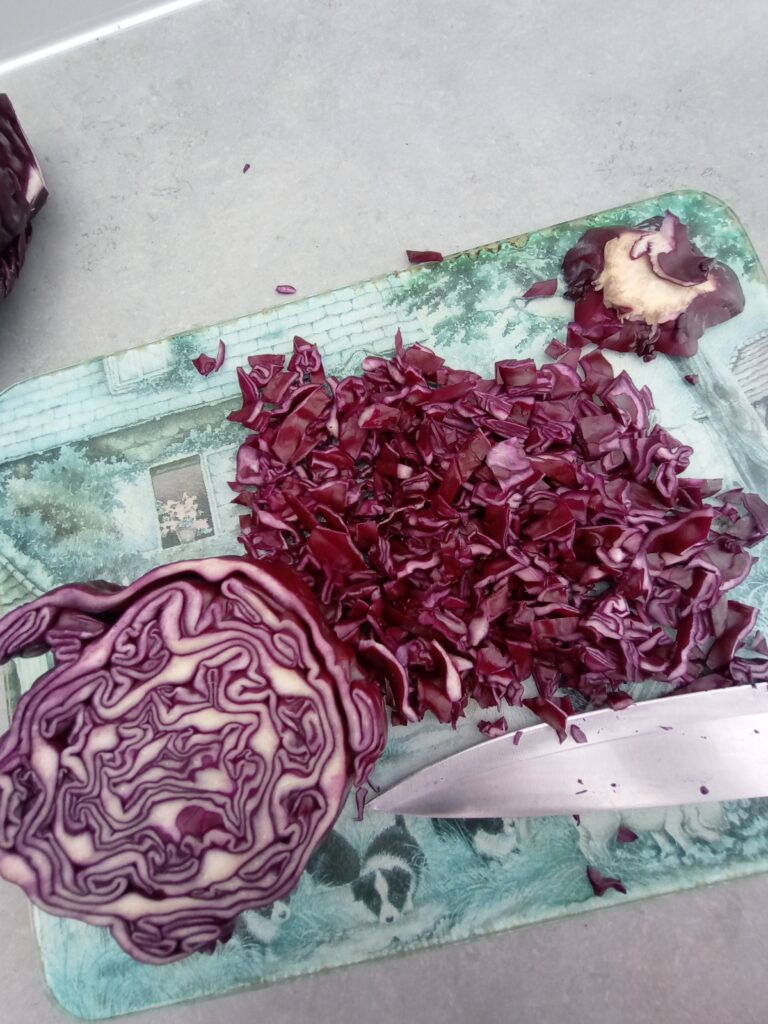

- Remove the first outer layer of leaves on the cabbage.
- Dice the cabbage into small even size chunks, whilst disposing of the core. I cut into roughly 1cm pieces.
- Place the cabbage into a non metalic bowl such as glass. Grate the apples (skin included) into the bowl. Dispose of the core, and loosely combine the two with your hands.
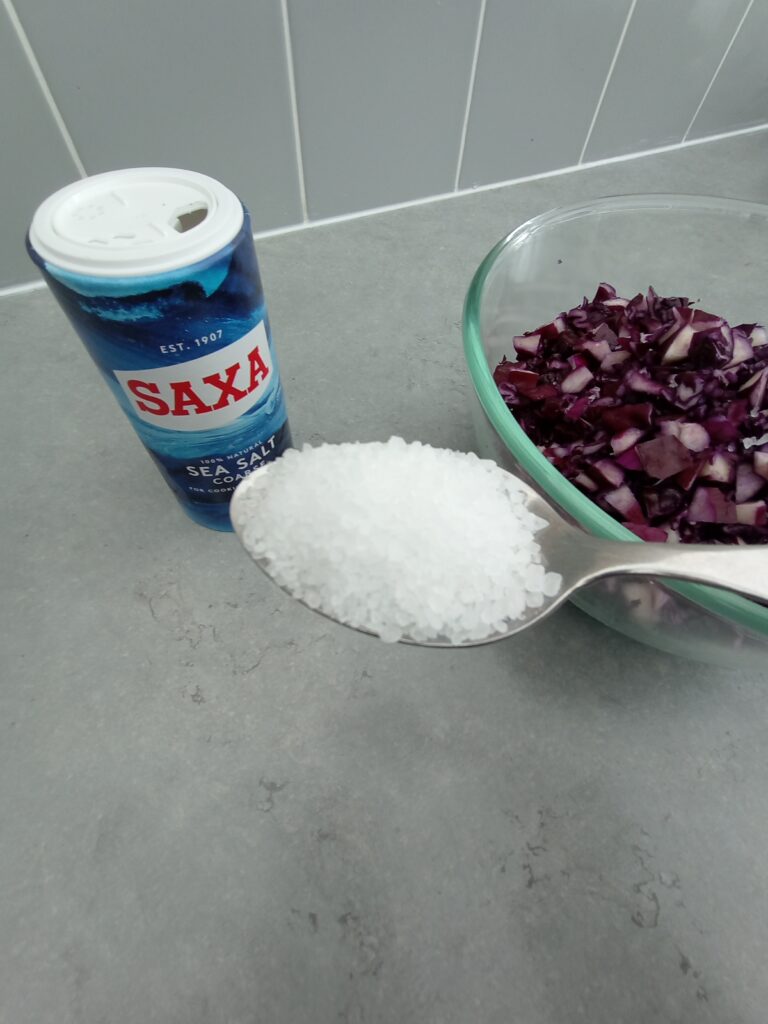
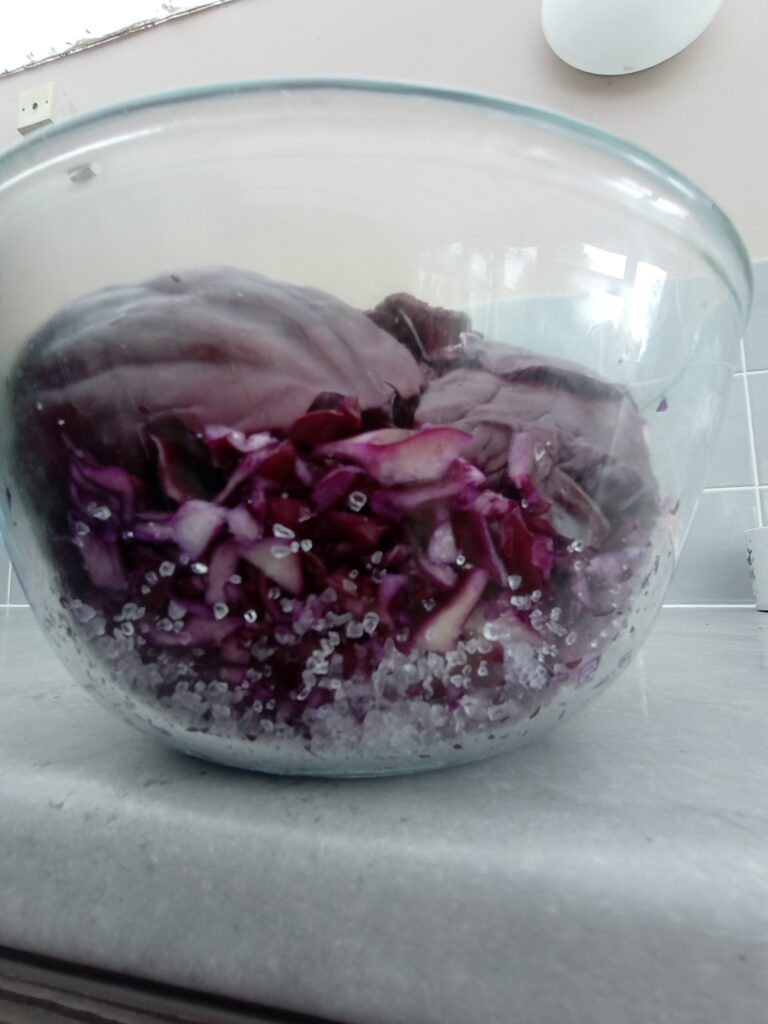
4. Sprinkle the salt over the cabbage mix, loosely blend it through with your hands and cover with the outer cabbage leaves. Leave at room temperature for 2-4 hours.
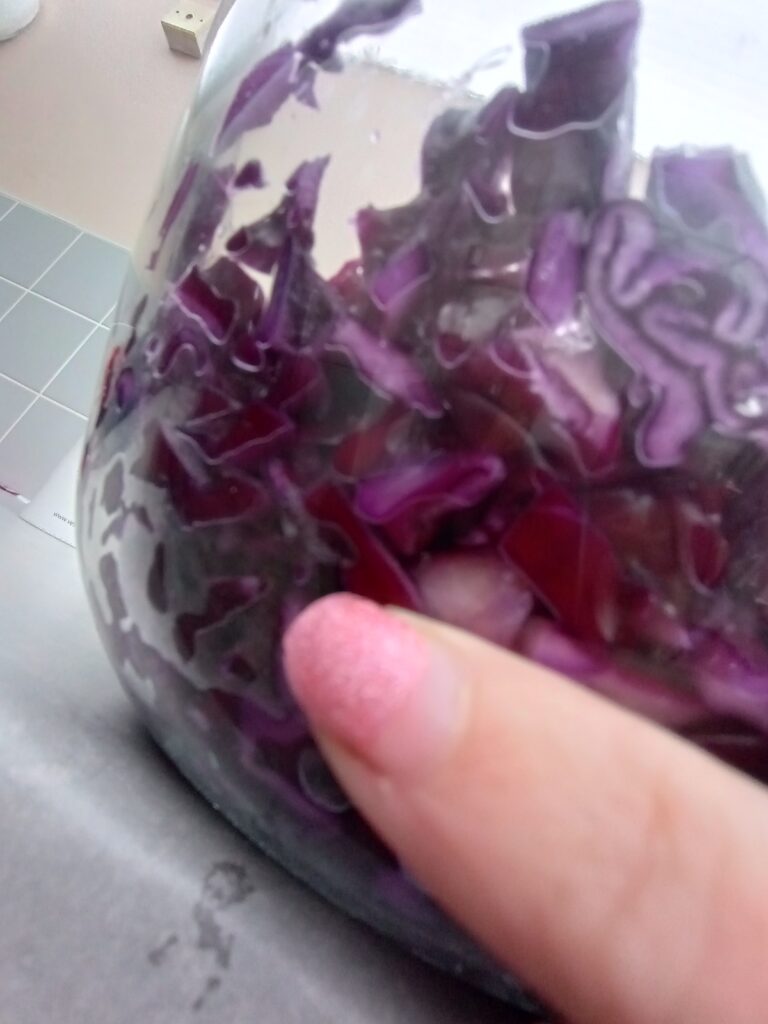
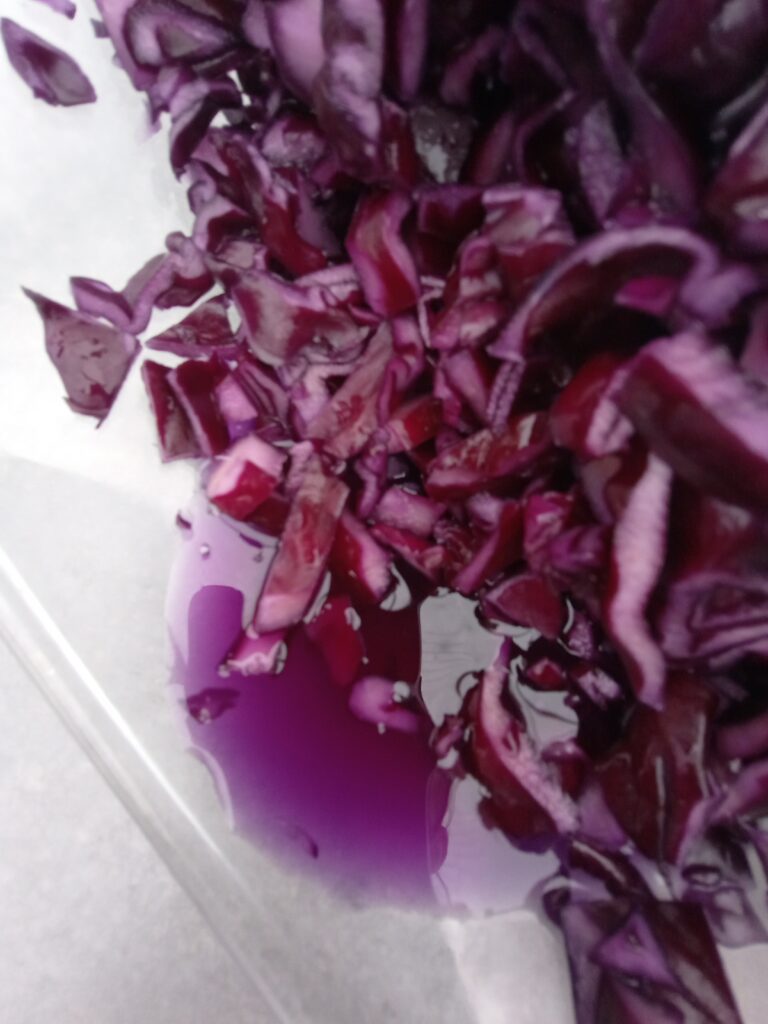
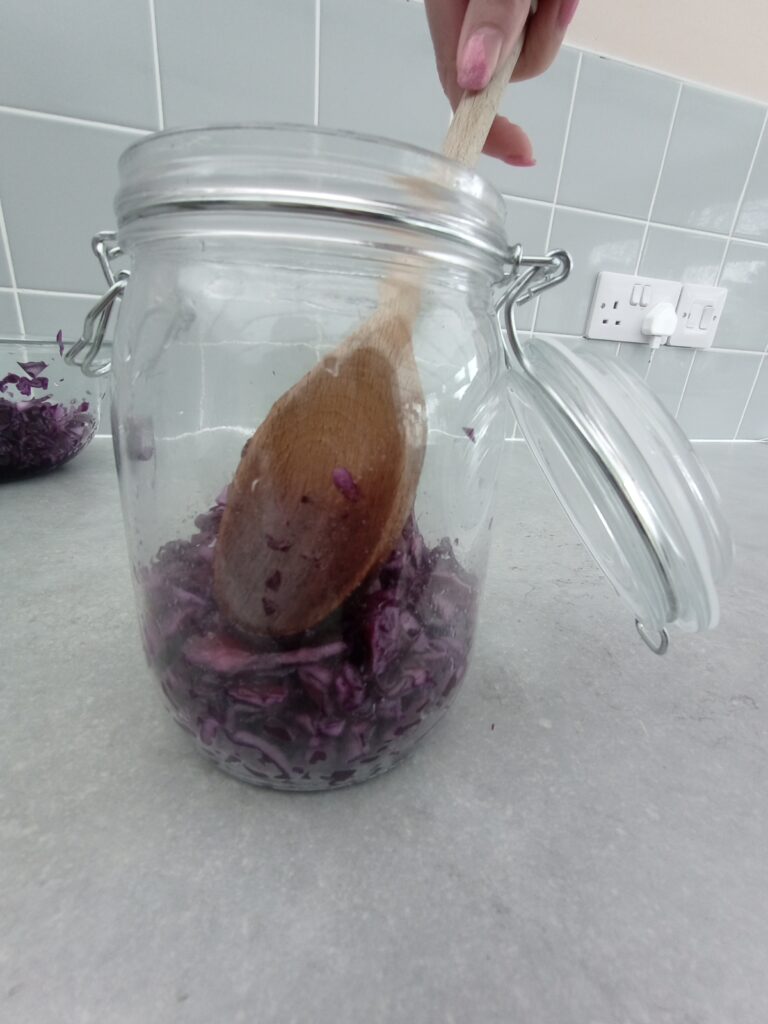
5. When the salt has dissolved, and water starts to appear in the bottom of the bowl, pack the apple-cabbage mixture into a clean glass jar using non metalic tools. Here I used a wooden spoon. As this is an anerobic ferment, the cabbage needs to be packed very firmly so that there are no air pockets. As you press down you will notice more fluid is excreted from the cabbage. This is exactly what you want to happen. All of the cabbage mix must stay under a waterline, so compact it as much as humanly possible.
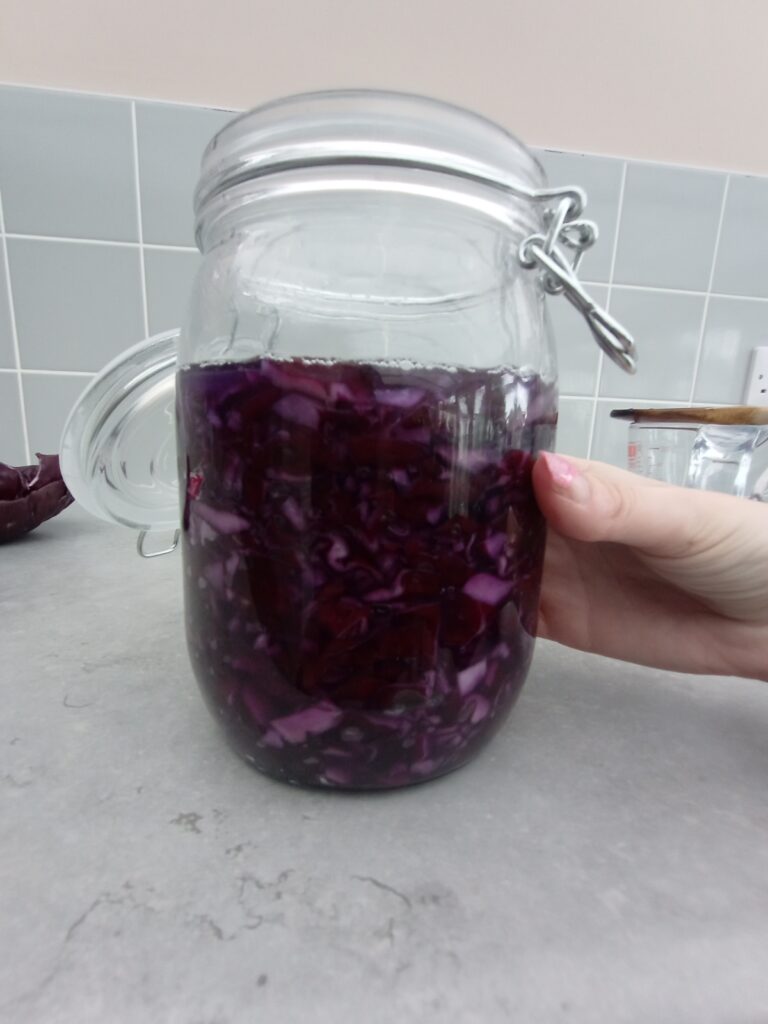
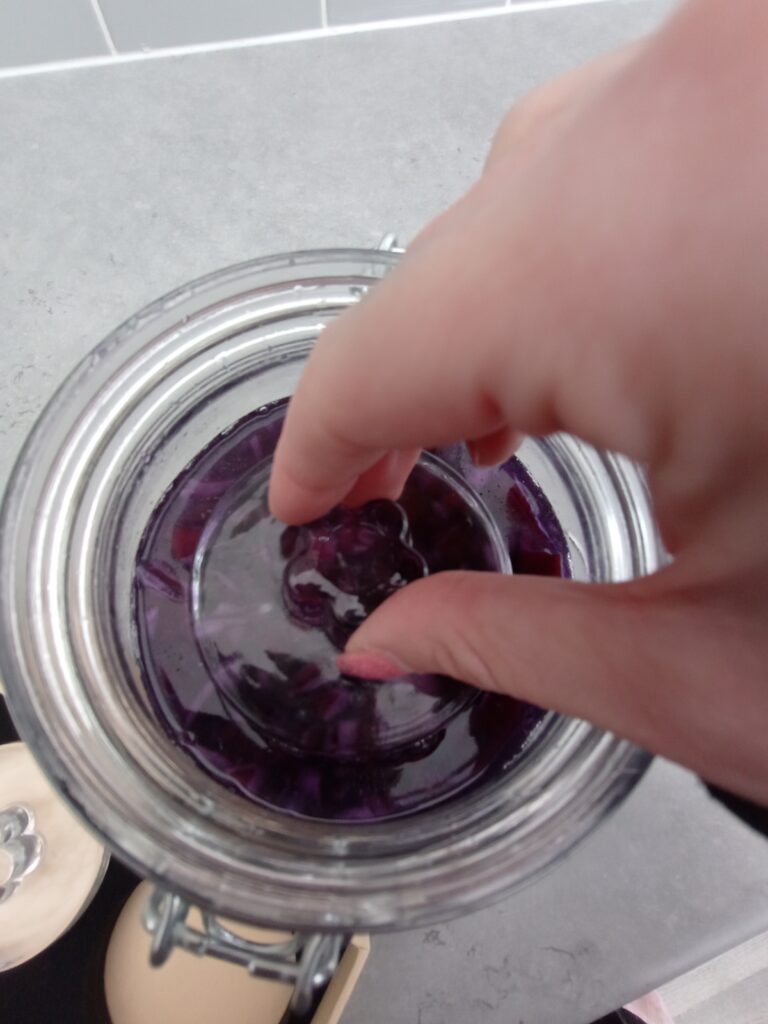

6. Place some of the outer leaves on top and when you have compressed everything down, top up the jar with water so that everything is submerged.
7. To keep everything under the waterline drop in a fermenting weight or something heavy and glass which isn’t going to affect the process. Seal the lid.
You can find our glass fermentation weights here:
Now the fermenting process begins, make sure you read the info below on how it works before moving on to the rest of the recipe!
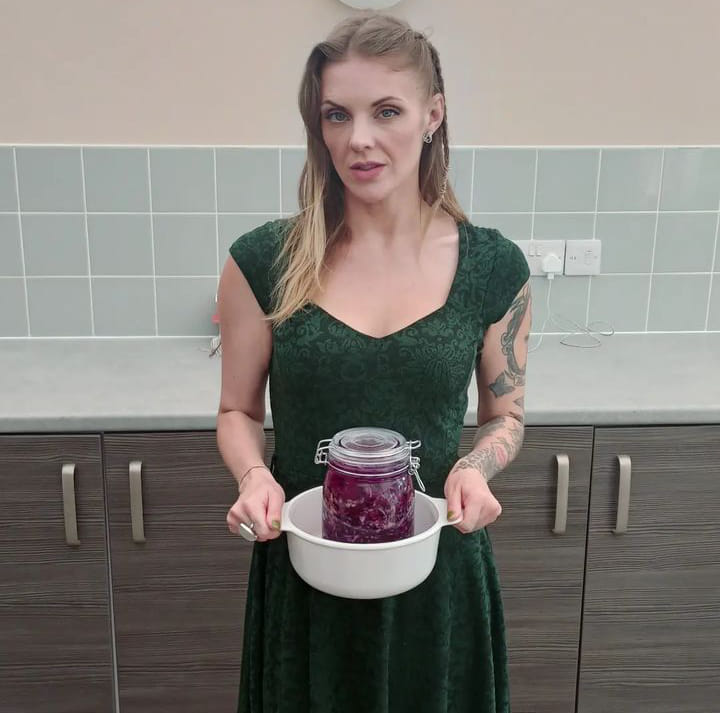
During the fermenting process gases are released, this can cause the liquid in your jar to expand and over flow. So you will want to place your jar into some kind of bowl or container. Over the next two weeks, you will start to see little bubbles form, this is your cabbage beginning to ferment. The anerobic process means that it requires little to ideally no oxygen and so the jar should remain sealed. However, during fermenting some of that CO2 needs to be released. So every couple of days you will need to, ever so slightly loosen the seal and open just enough to allow some of the gases in the jar to escape whilst preventing oxygen going in. It’s also VERY important that you keep the water topped up so everything remains under water, or else it will go mouldy.
So every couple of days for two weeks you’re going to:
- Wipe down the sides of your jar and clean the bowl.
- Loosen the lid just to let some gases out and then tighten it again.
- Keep the water level topped up.
PH Testing Your Sweet Red Cabbage
This is optional but can help to reassure you that your ferment is ready and safe. You can test the PH before the fermenting period and after to see the difference. To do this you will want to buy some PH testing strips making sure they are the kind that show the full spectrum of PH (0-14) Some only go from 6+ and you really need to be able to measure the lower numbers. A ferment is ready when it reaches a PH of 4.6 or lower. These are ‘safe’ levels where the bad bacteria cannot grow. Fermenting for too long may lead to creating alcohol rather than a nice sour ferment so be warned 2 weeks to ferment is a good guideline.
This is where I purchased mine:

Finishing Up
You may notice some colour change to your cabbage, this is normal and due to acidity. If you notice any cabbage is above the water line and has gone mouldy at this point, perhaps because you forgot to top it up, you should throw it away and try again. Please do not consume. If everything has remained below the fill line, the PH looks good (under 4.6) then you are ready for the next step.
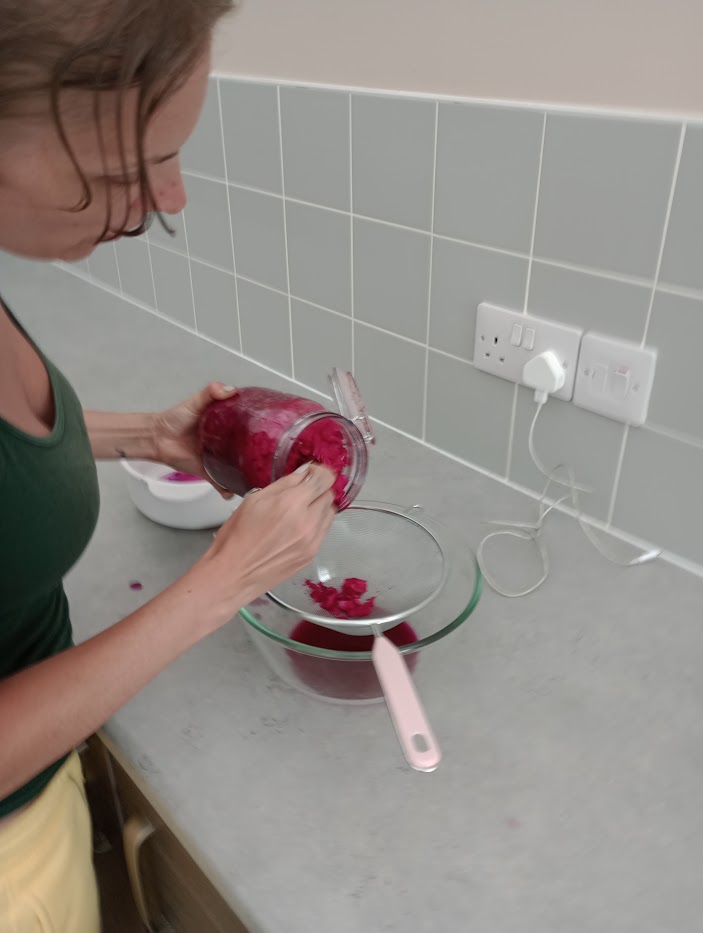
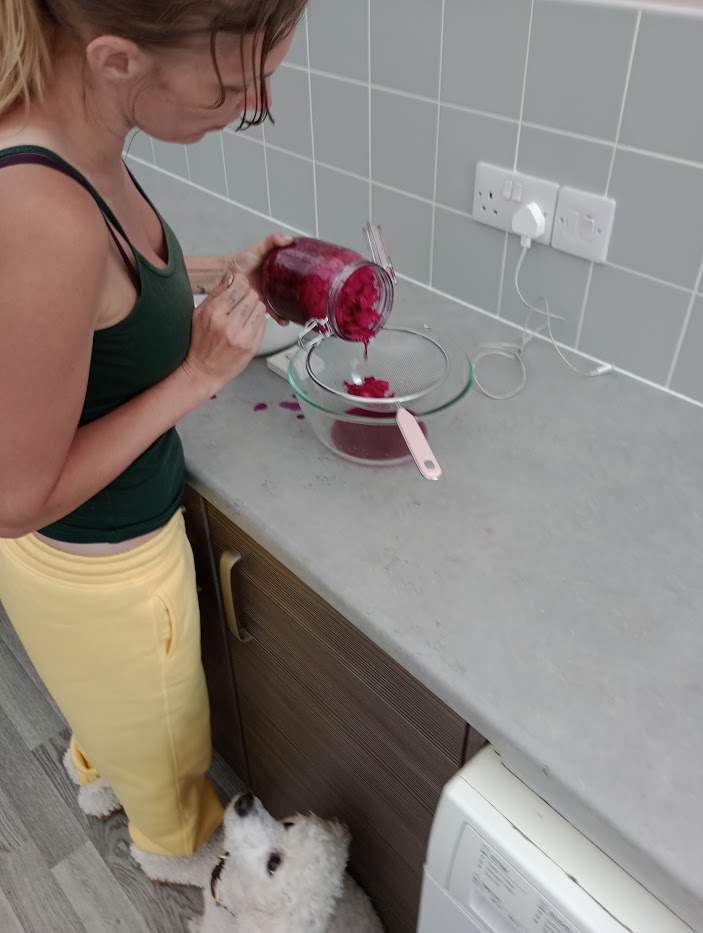

8. Strain the liquid from the ferment (We don’t need this anymore, it can be thrown away or preserved and used as a natural dye) Using metal utensils at this point will not cause any issues with the ferment. Be careful not to spill any on the floofy food shark, if your home is the local habitat of one of these.
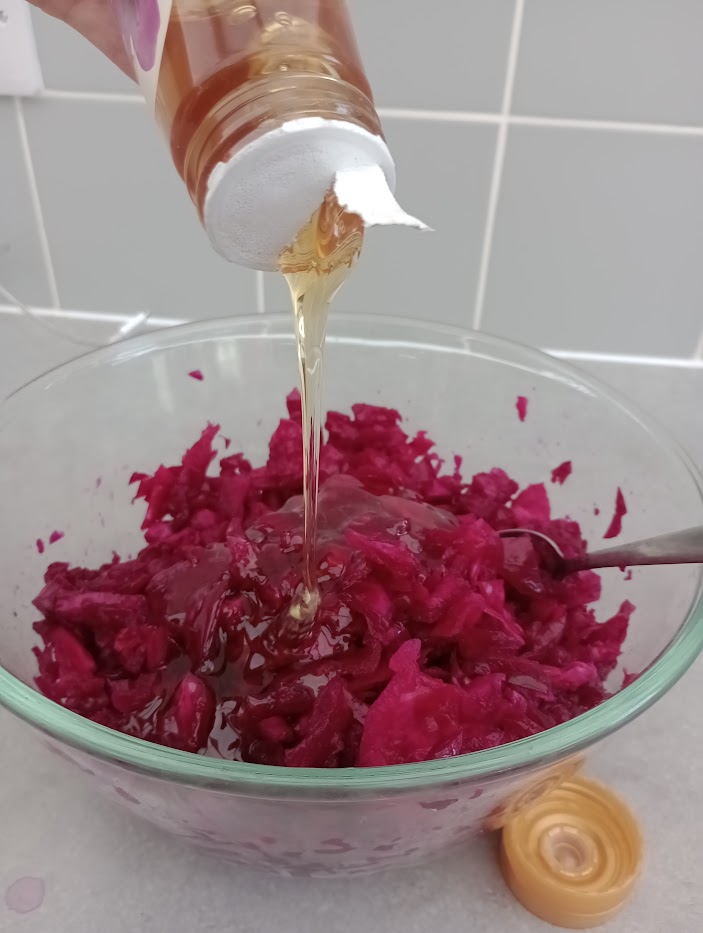
9. Give it a taste to gage its salty/sour/sweetness (It will reduce in saltiness as it ages). Add up to 1/4 cup of runny honey to sweeten and mix it in well before popping it into a clean jar and storing it in the fridge, where it will keep for up to 3 months.
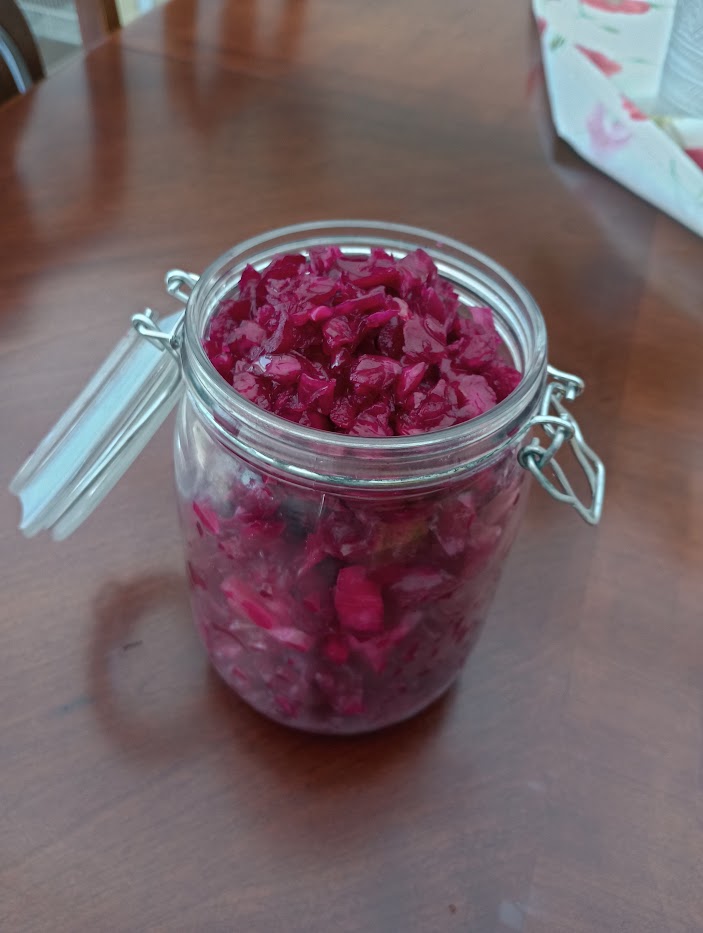
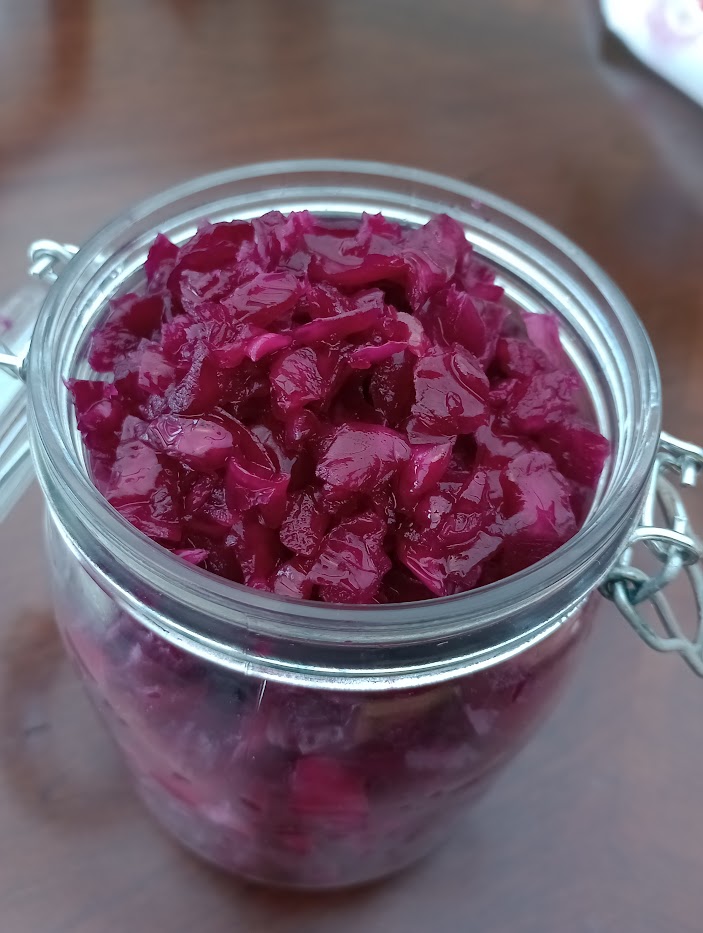
Loved this sweet red cabbage recipe? Thinking about doing some more fermenting? Then why not kit yourself out with some of these tools!
Looking for SOME glass fermenting weights? This is the exact place we brought ours.
‘4 pack Glass Fermentation Weights’
We help you find the best price deals on products, only sharing those that we have purchased or use ourselves and buying through our affiliate links helps to support our website at no extra cost to you!


